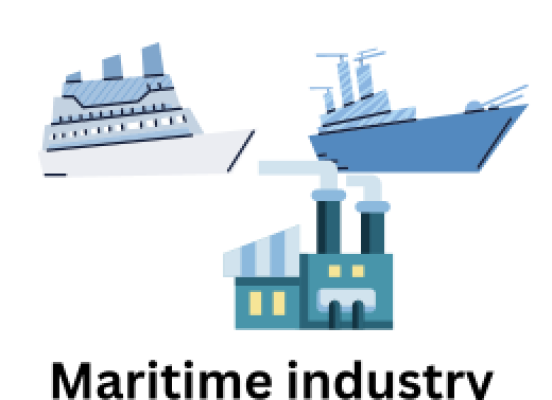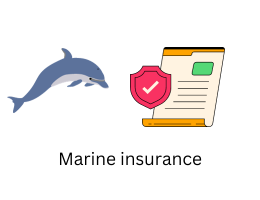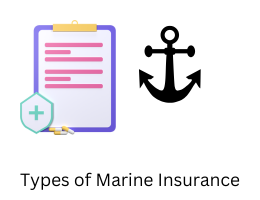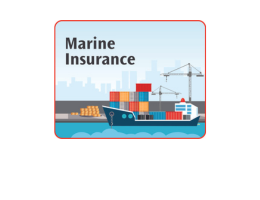
Navigating the Waters of Marine Insurance: A Comprehensive Guide
- By admin --
- Saturday, 01 Jul, 2023
Introduction:
Marine insurance plays a critical role in safeguarding the interests of businesses and individuals involved in maritime activities. Whether it's the transportation of goods, the operation of vessels, or the provision of marine services, the risks inherent in the marine industry can be significant. This comprehensive guide aims to shed light on the complexities of marine insurance, covering key concepts, coverage types, claims processes, and emerging trends. By understanding the intricacies of marine insurance, stakeholders can navigate the waters of this specialized field with confidence.
I. The Basics of Marine Insurance:
1.1 Overview of Marine Insurance:
- Definition and scope of marine insurance
- Historical development and significance
1.2 Parties Involved:
- Insured parties (shipowners, cargo owners, freight forwarders, etc.)
- Insurers and underwriters
- Insurance brokers and agents
1.3 Principles of Marine Insurance:
- Utmost good faith (uberrimae fidei)
- Insurable interest
- Indemnity
- Subrogation
II. Types of Marine Insurance Coverage:
2.1 Marine Cargo Insurance:
- Coverage for goods in transit
- Open cover policies and specific voyage policies
- Types of risks covered (perils of the sea, theft, damage, etc.)
- Exclusions and limitations
2.2 Marine Hull Insurance:
- Coverage for vessels and watercraft
- Hull and machinery policies
- Loss or damage due to accidents, collisions, etc.
- Additional coverage options (protection and indemnity, war risks, etc.)
2.3 Marine Liability Insurance:
- Protection against third-party claims
- Liability of shipowners, operators, and crew
- Pollution liability and environmental risks
- International conventions and limits of liability
III. Marine Insurance Claims Process:
3.1 Notice of Loss and Documentation:
- Reporting requirements and timelines
- Importance of accurate and detailed documentation
- Surveyors and loss adjusters
3.2 Claims Investigation and Assessment:
- Verification of facts and circumstances
- Estimating the extent of loss or damage
- Salvage and general average
3.3 Claims Settlement and Indemnity:
- Calculation of indemnity based on policy terms
- Deductibles and excesses
- Timely payment and dispute resolution mechanisms
IV. Emerging Trends in Marine Insurance:
4.1 Technology and Innovation:
- Impact of digitalization on underwriting and claims processes
- Use of data analytics and artificial intelligence
- Blockchain applications for marine insurance
4.2 Sustainable Practices and ESG Considerations:
- Incorporating environmental, social, and governance factors
- Coverage for renewable energy projects and green shipping initiatives
4.3 Cyber Risks in the Maritime Industry:
- Protection against cyber threats and data breaches
- Loss prevention measures and risk management strategies
Conclusion:
Navigating the complex landscape of marine insurance requires a solid understanding of the key concepts, coverage types, claims processes, and emerging trends. This comprehensive guide has provided a foundation for stakeholders involved in the maritime industry to make informed decisions about protecting their interests. By recognizing the importance of marine insurance and staying abreast of the latest developments, individuals and businesses can mitigate risks effectively, ensuring smooth sailing in the dynamic world of maritime commerce.





